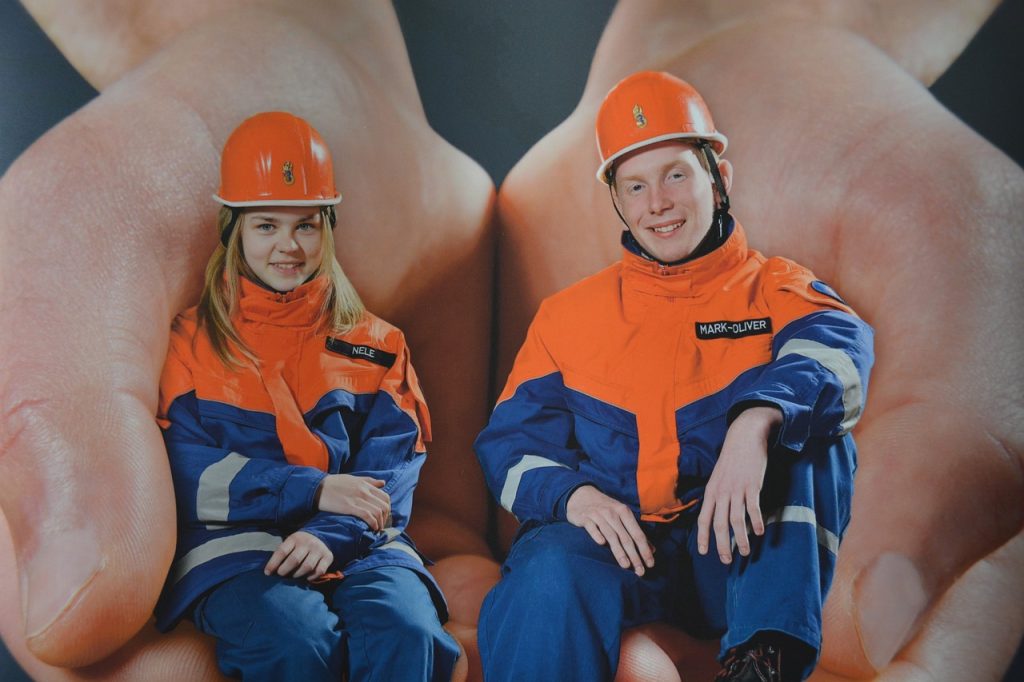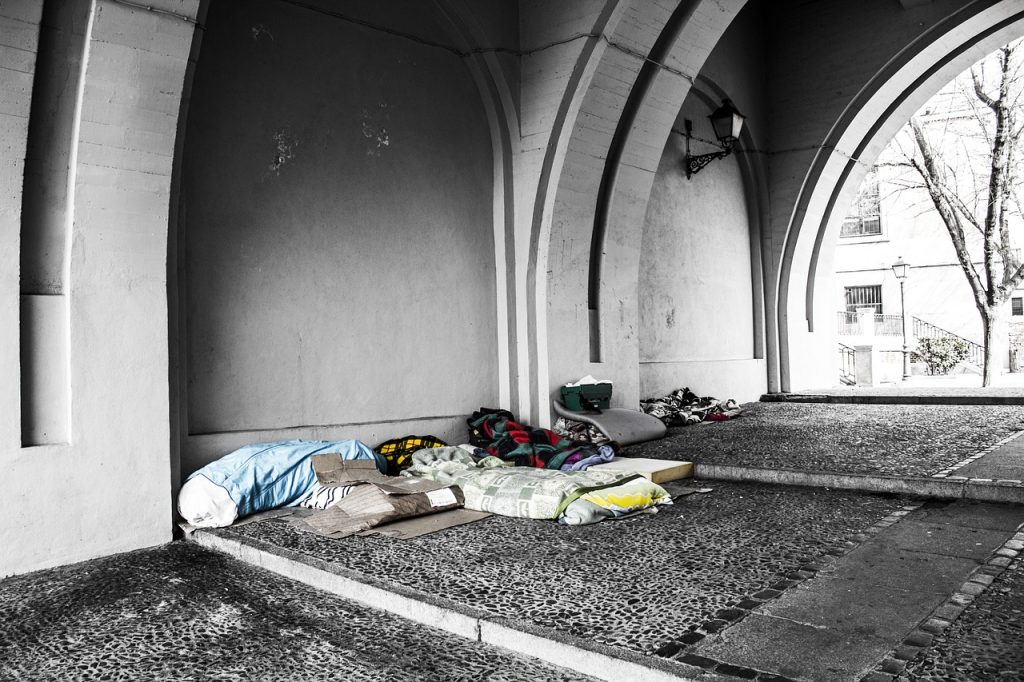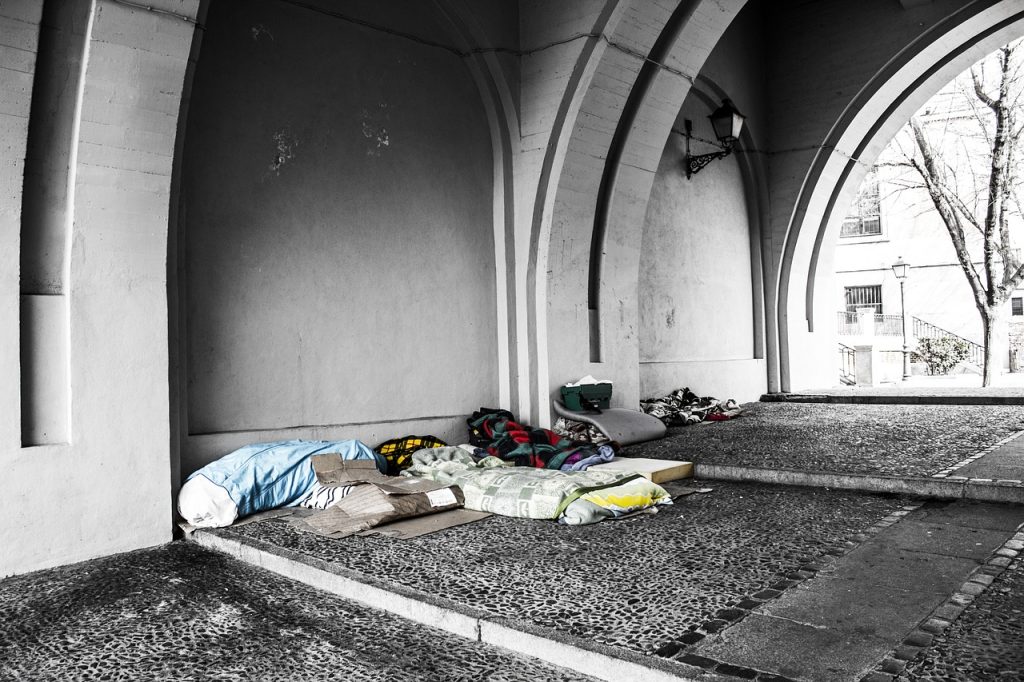Kari Lilja, TkT, Erikoistutkija; Sirpa Sandelin, TkT, Yliopettaja
English version: Click the link
Jokunen viikko sitten olimme Hampurissa, kansainvälisen BA&VET-hankkeen kokouksessa ja Train the Trainer -koulutuksen testauksessa. Tuossa koulutuksessa SAMKin vastuulla oli jälleen, paitsi suunnittelemiemme koulutusten esittely, myös pedagogiikan ja mentoroinnin osuudet. Tällä kertaa panostimme opettajan ja mentorin digitaalisiin työkaluihin ja niiden käyttöön eri tilanteissa. Oli mielenkiintoista huomata, kuinka eri tavalla eri maissa suhtaudutaan digitaalisuuteen, digitaalisiin työkaluihin ja niiden käyttöön opetuksessa, mentoroinnissa ja henkilökohtaisessa valmennuksessa. Joissakin maissa ollaan jopa Suomea pidemmällä, joissakin maissa esimerkiksi etäluennot koettiin COVID19-epidemian tuomiksi tilapäisratkaisuiksi, joista tulisi päästä eroon, ja loput maat seurasivat varovasti Suomen ja muiden pidemmällä olevien maiden kokemuksia ja – ainakin toivottavasti – pyrkivät ottamaan oppia niistä. Digitaalisuutta epäilevien maiden suhtautumista näytti leimaavan huoli opettajan roolin tulevaisuudesta, kun taas edelläkävijöitä tarkkailevat maat olivat enemmän huolissaan siitä, mitä perinteisen luokkaopetuksen ja henkilökohtaisen ohjauksen väheneminen vaikuttaa opiskelijan persoonan kehittymiseen ja kykyyn sopeutua työyhteisöön.

Opetuksen digitalisoinnin osalta Hampurin valot näyttivät varovaista vihreätä.
Vapaamuotoisten keskustelujen aikana tuli selväksi se, että jokaisessa osallistujamaassa on samankaltaisia ongelmia opiskelijoiden kanssa. Oma-aloitteisuus on hukassa, ei ymmärretä aikatauluja, kouluun tai töihintuloaikoja, ohjeiden ja määräysten ymmärtäminen ja noudattaminen on hakoteillä, ja erilaiset lukemiseen, kirjoittamiseen ja laskemiseen liittyvät vaikeudet ja häiriöt ovat lisääntyneet dramaattisesti. Opiskelija-aineksen laatu on viime vuosien aikana heikentynyt olennaisesti, ja opiskelijat vaativat yhä enemmän tukea jopa selviytyäkseen jokapäiväisistä toimistaan. Yhtenä syynä tähän voi olla ikäluokkien pieneneminen ja, ainakin Suomessa, samaan aikaan kasvanut ja kasvava sisäänotto. Se ei kuitenkaan selitä koko ilmiötä, koska samoista oireista kertoivat myös maat, joissa sisäänottoa ei ole lisätty. Yleisesti todettiin, että osa ongelmaa johtuu siitä, että lapsilta ja nuorilta ei enää vaadita sen enempää lainsäädännön kuin kasvatuksenkaan tasolla vastuun ottamista itsestään ja omista toimistaan. Ei edes kehitystaso huomioiden. Itse jäin pohtimaan, mikä osuus ongelmasta tulee yleissivistävän koulutuksen alati pienenevistä resursseista suhteessa oppilasmäärään.

Opiskelijoiden osalta Hampurin valot näyttivät punertavaa keltaista.
Hampurissa on aina ollut kodittomia ja kerjäläisiä. Nyt niitä näytti olevan tavallista enemmän. Kampurajalkaiset vanhukset hoipertelivat liikennevaloissa pysähtyneiden autojen välissä ojennellen purkkejaan kolikon toivossa. Siltojen alustat täyttyivät iltaisin makuupusseihinsa kaivautuneista asunnottomista, jotka hakivat edes jotakin suojaa sateelta ja tuulelta. Varhain aamulla lenkille lähtenyt saattoi yllättyä nähdessään heidän kuoriutuvan makuupusseistaan kuin perhoset koteloistaan. Kaikki heistä eivät olleet alkoholisteja tai huumeiden käyttäjiä. Huomattava osa oli ihmisiä, jopa perheitä, jotka olivat joutuneet kovien asuntomarkkinoiden armoille. Näin ainakin, mikäli on uskominen paikallislehtiä, joissa asiasta kirjoiteltiin ahkerasti. Kadut olivat kaikesta huolimatta yllättävän siistejä. Siitä pitivät huolen lukuisat vanhukset, jotka aamuvarhaisesta alkaen lakaisivat katuja, keräsivät roskia ja siivosivat porraskäytäviä ja porttikonkeja. Jotkut täydensivät sillä eläkettään, mutta monille nuo pienet hanttihommat olivat ainoa tulonlähde.

Monet korttelit ovat harmaita, talot vanhoja, korjausvelkaa on kertynyt vuosikymmenien ajan. Asunnot ovat usein vuokra-asuntoja. Asukkaat tyytyvät siihen, mitä saavat, sillä kohtuuhintaisia asuntoja on tarjolla vähän ja yleisestikin asuntotilanne on kuuleman mukaan kohtuullisen vaikea. Vastakohtana tälle Hampurissa on kortteleita ja kaupunginosia, joissa vanhat tai ainakin vanhan tyylin mukaan rakennetut talot ja huvilat hohtavat valkoisina lehmusten ja jalavien varjostamien katujen varsilla. Erot olosuhteissa ovat vapaakaupunki Hampurissa melkoisia.
Mutta niin ne ovat Suomessakin. Ja kasvavat koko ajan. Kehityksen suunnan osalta valot taitavat olla punaisella.

English version
A few weeks ago, we were in Hamburg, at the meeting of the international BA&VET project and testing the Train the Trainer training. In that training, SAMK was, again, responsible for not only the presentation of the trainings we have planned, but also the pedagogy and mentoring parts. This time we focused on digital tools for the teacher and mentor and their use in different situations. It was interesting to notice how different countries approach digital, digital tools and their use in teaching, mentoring and personal coaching. In some countries, they are even further than in Finland, in some countries, for example, remote lectures were perceived as temporary solutions, brought by the COVID-19 epidemic, that should be got rid of, and the rest of the countries carefully follow the experiences of Finland and other countries further along and – at least hopefully – try to learn from them. The attitude of the countries who were sceptic of digitalization seemed to be marked by concern about the future of the teacher’s role, while the countries observing the pioneers were more concerned about what the reduction of traditional classroom teaching and personal guidance would do to the development of the student’s personality and the ability to adapt to the working community.

Regarding the digitization of education, the lights in Hamburg showed cautiously green.
During the free-form discussions, it became clear that each participating country has similar problems with students. Self-initiative is lost, timetables, school or work arrival times are not understood, understanding and following instructions and regulations is difficult, and various difficulties and disorders related to reading, writing and arithmetic have increased dramatically. In recent years, the quality of student material has declined substantially, and students require more and more support even to cope with their daily activities. One of the reasons for this can be the reduction of the age groups and, at least in Finland, at the same time increased and growing intake. However, it does not explain the whole phenomenon, because the same symptoms were also reported by countries where intake has not been increased. It was generally stated that part of the problem is due to the fact that children and young people are no longer required to take responsibility for themselves and their own actions, either at the level of legislation or education. Not even considering the level of development. I was left wondering what part of the problem comes from the ever-decreasing resources of general education in relation to the number of students.

Concerning the students, the lights of Hamburg looked reddish yellow.
There have always been homeless people and beggars in Hamburg. Now there seemed to be more of them than usual. Elderly people with clubbed feet were wandering between cars stopped at traffic lights, holding out their cans in the hope of a coin. In the evenings, the substructures of the bridges were filled with homeless people buried in their sleeping bags, who sought at least some protection from the rain and wind. Early morning joggers might be surprised to see them emerge from their sleeping bags like butterflies from their cocoons. Not all of them were alcoholics or drug users. A significant number were people, even families, who had been at the mercy of a tough housing market. At least that’s how it was, if the local newspapers were to be believed, where the matter was written about diligently. Despite everything, the streets were surprisingly clean. It was taken care of by numerous elderly people who, starting early in the morning, swept the streets, collected garbage and cleaned stairwells and archways. Some supplemented their pensions with it, but for many those small jobs were the only source of income.

Many blocks are grey, the houses are old, maintenance backlog has been accumulated for decades. Apartments are often rented apartments. Residents are satisfied with what they get, because there are few affordable apartments available and the housing situation in general is, according to what we hear, reasonably difficult. In contrast to this, there are blocks and neighbourhoods in Hamburg, where houses and villas, old or at least built according to the old style, shine white along the streets shaded by linden and elm trees. The differences in living conditions are considerable in the freetown Hamburg.
But they are like that in Finland too. And growing all the time. Regarding the direction of development, the lights seem to be red.

Artikkeli on kirjoitettu Euroopan unionin rahoittaman BA&VET hankkeen puitteissa. Vastuu artikkelissa esitetyistä näkemyksistä on yksinomaan kirjoittajilla.
This article was written in the framework of the BA&VET project funded by the European Union. The sole responsibility for the views expressed in this article lies with the authors.

